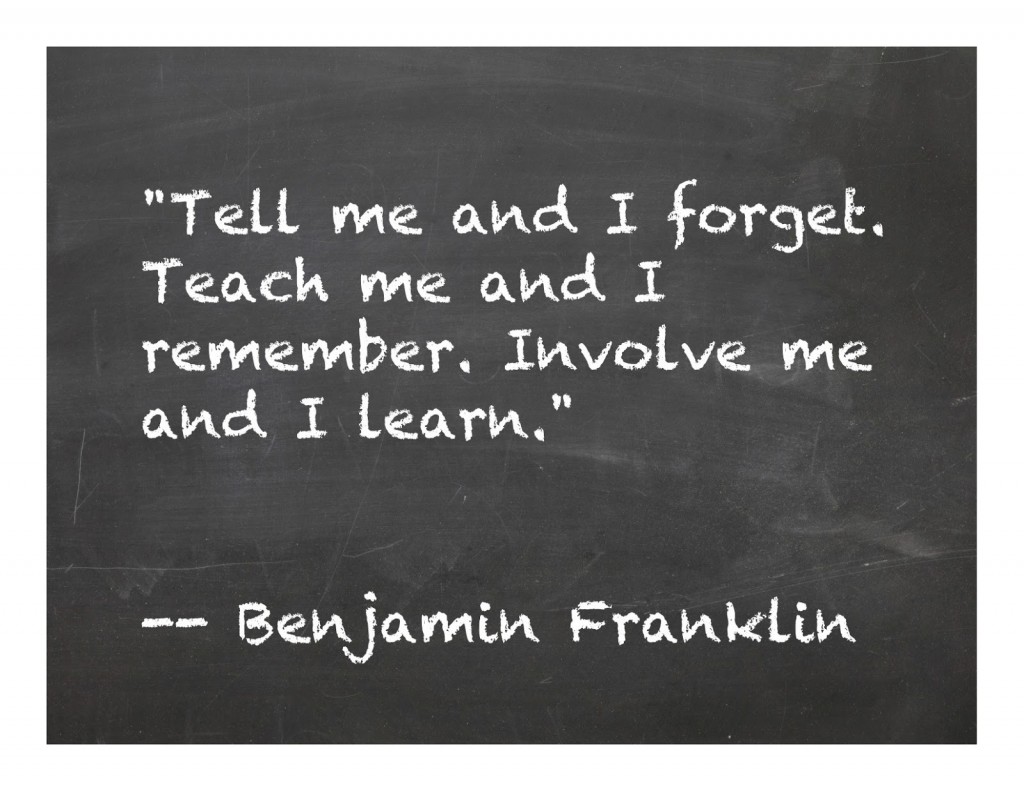 One of the benefits of doing research in an academic institution is the opportunity to interact with undergraduate students. Students benefit from being taught by leading researchers while staff have the opportunity to inspire the next generation of scientists. Practical lab classes are usually a focal point of this direct interaction between student and researcher. However, due to the logistics and practicalities of managing large class sizes, PhD students are playing an increasingly important role as teaching assistants or lab demonstrators. In one of our recent NERD club sessions, Jane Stout led an interesting discussion about the importance of practical classes, the role of postgraduate students and best practice for what makes a good demonstrator. Here’s a compilation of our thoughts.
One of the benefits of doing research in an academic institution is the opportunity to interact with undergraduate students. Students benefit from being taught by leading researchers while staff have the opportunity to inspire the next generation of scientists. Practical lab classes are usually a focal point of this direct interaction between student and researcher. However, due to the logistics and practicalities of managing large class sizes, PhD students are playing an increasingly important role as teaching assistants or lab demonstrators. In one of our recent NERD club sessions, Jane Stout led an interesting discussion about the importance of practical classes, the role of postgraduate students and best practice for what makes a good demonstrator. Here’s a compilation of our thoughts.
Why do we teach undergraduate practical classes?
Lab practicals can be expensive, time consuming and difficult to manage so why bother including them in the undergraduate curriculum? We think that the main reasons are to engage students in the subject and to teach them how to become scientists. Every student has a different learning style and practical classes can help to address this issue. For many people, sitting in a large lecture theatre can be a rather passive and ineffective learning experience. Practical classes offer an opportunity for active learning and hands on experience. Students can deepen their understanding of a topic and go beyond lecture content to form their own questions. They also learn the skills and techniques necessary for future employment, whether that is in a research environment or not. From the lecturer’s point of view, practical classes are useful opportunities to interact with students and to assess their level of understanding.
Why demonstrate? What are the benefits for a postgraduate student?
Large practical classes would not be possible without a team of demonstrators, so lecturers rely on their help. But there are also many benefits for postgraduate students. Demonstrating is excellent teaching experience and a good way to improve your own understanding of a subject. Demonstrators learn how to explain concepts to non-specialists and how to handle large groups of people; essential skills for any career. Challenging and unexpected questions from students also teach you to think on your feet (I’m a zoologist but at various stages I have feigned expertise in biochemistry, plant sciences and microbiology). It’s all too easy for postgraduates to get stuck in a very narrow focus of their particular research area but demonstrating is a great way to broaden and develop your skills. Furthermore, if you’re stuck on a particular research problem, demonstrating can be a fun and rewarding moral boost: you may be stuck in your project but at least you know enough to help somebody else! Overall, demonstrating is fun, rewarding and a good skills/CV boost. The pay isn’t bad either…
Why do we need postgraduate demonstrators? What are the benefits for undergraduate students?
Demonstrators bridge the gap between undergraduates and lecturers. Postgrads are less intimidating than lecturers and direct interactions with demonstrators can help students to feel more involved in a class. Interacting with demonstrators also gives undergrads an insight into what it’s like to work in research and academia. Chatting to your demonstrator helps to put a human face on science and to break down the mystiques of academia. We all agreed that it’s important to remind undergraduates that demonstrators (and lecturers) are not just teachers: they are the ones doing the research that ends up in the text books.
What makes a good demonstrator?
We’ve all had good (and not so good) demonstrators so what are the characteristics that one should try to develop? The two most important things are preparation and enthusiasm. Demonstrating is a professional commitment so it should be treated as such. Make sure to read the manual beforehand, understand what you are teaching and be prepared for students’ questions. The best way to keep a class engaged and interested is to show some of those qualities yourself. Be approachable, friendly and willing to help. It’s important to be confident in your explanations and behaviour but also don’t be afraid to say “I don’t know” swiftly followed by “but I can find out” or “this is how you can find out”. Try to explain concepts without too much jargon but don’t patronise by over-simplifying.
Combining all of the advice and pointers from above, here’s our best practice guide on how to be a good demonstrator.
- Be cheerful and positive, not grumpy and negative: there’s always something that can be taken from any practical session no matter how boring it may appear.
- Encourage students to work as a group and to help each other.
- Ask questions and be proactive: don’t just wait for students to come to you with their problems, engage them in discussions instead.
- Try to pre-empt common problems and mistakes but don’t just give students the answer: explain things in a clear and logical way and talk students through the steps they need to get to an answer.
- Be fair: give an equal amount of attention and help to all students on your bench, not just the ones who ask the most questions.
- Be patient and empathetic. You may get frustrated explaining the same concept for the umpteenth time but try to remember what it was like when you were a novice yourself. Pass on any tips or skills that helped you to learn a particularly tricky concept.
- Interact with other demonstrators and provide constructive feedback to lecturers.
- Be inspirational! Remember that you are an ambassador for your subject and undergrads will look to you to see what life is like as a researcher. You should be an enthusiastic and positive representative for your subject and inspire the researchers of tomorrow!
Author: Sive Finlay, @SiveFinlay
Photo credit: http://www.w5coaching.com/meet-john-nieuwenburg/

